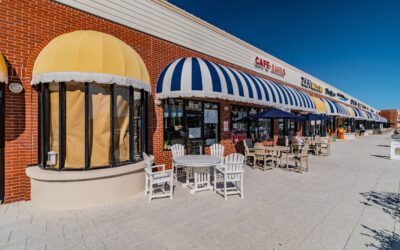
As potential customers interested in custom homebuilding in Manatee County, Florida, it is essential to be well-informed about the regulations governing coastal construction, particularly the Coastal Construction Control Line (CCCL). This report aims to provide a comprehensive overview of the CCCL regulations in Florida, highlighting key aspects that may impact custom homebuilding projects along the coastline.
The Coastal Construction Control Line is a regulatory boundary established by the state of Florida to protect the sensitive coastal ecosystem and minimize the risks associated with coastal development. The primary goal of the CCCL is to safeguard the natural dune system, prevent erosion, and preserve the aesthetic and environmental integrity of the coastline.
Key Regulations Governing the CCCL:
- Setback Requirements: The CCCL mandates setback requirements that determine how far a structure must be located from the mean high water line. These setback requirements are crucial for preserving the natural dune system and minimizing the impact of coastal development on erosion and storm surges.
- Building Height Restrictions: The CCCL imposes restrictions on the height of structures built within its boundaries to protect ocean views, maintain the visual appeal of the coastline, and ensure that new constructions do not obstruct the natural landscape.
- Dune Protection Guidelines: Construction activities within the CCCL must adhere to strict guidelines for dune protection. Disturbing or altering dunes is prohibited to maintain their ecological function as a natural barrier against erosion and storm surges.
Compliance and Permitting Process: To undertake custom homebuilding projects within the CCCL, it is imperative to obtain the necessary permits from the Florida Department of Environmental Protection (FDEP) and comply with the regulations outlined in the CCCL. The permitting process involves submitting detailed construction plans that demonstrate compliance with setback requirements, building height restrictions, and dune protection guidelines.
Consulting with Experts: Given the complexity of CCCL regulations and the importance of compliance, it is advisable for potential customers engaging in custom homebuilding projects along the Florida coastline to seek the expertise of professionals, such as Adkins Building & Construction, who will bring the appropriate architects, engineers, and environmental consultants to the project. These experts can provide valuable guidance on navigating the regulatory landscape, ensuring compliance with CCCL regulations, and streamlining the permitting process.
In conclusion, understanding the regulations of the Coastal Construction Control Line is essential for potential customers interested in custom homebuilding projects along the Florida coastline, particularly in Manatee County. By adhering to setback requirements, building height restrictions, and dune protection guidelines, customers can contribute to the preservation of Florida’s coastal ecosystem while creating sustainable and resilient custom homes.
Compliance with CCCL regulations is a legal requirement and a commitment to responsible coastal development and environmental stewardship. For more information on how our custom homebuilding construction company in Manatee County can assist you in navigating CCCL regulations and creating your dream coastal home, please contact us for personalized consultation and expert guidance.




